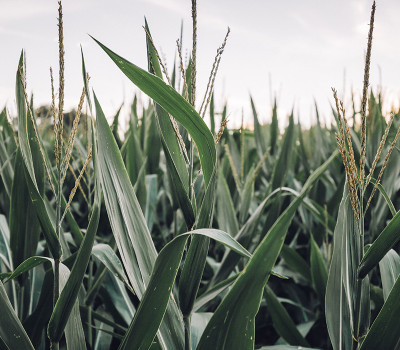JAPANESE WHISKY PRODUCTION


In Japanese industry the focus is malt whisky, with blends of whiskies distilled from barley, maize and rye. The problem is these grains are not cultivated in sufficient quantities for large-scale production in Japan, meaning that malt whisky is distilled using peated and unpeated malts taken from abroad:
- barley from the UK;
- maize from the USA and Canada;
- rye from Canada.
Suntory uses various strains of brewer’s and distiller’s yeast to create different flavour profiles.
During distillation they use two heating methods: direct firing for the first distillation and steam heating for the second one, both at Hakushu and Yamazaki.
About Nikka’s distilleries, they use direct firing at Yoichi and steam heating at Miyagikyo.


For a richer style, Suntory uses mizunara (Japanese oak), which provides Yamazaki malt whisky with distinctive aromas of sandalwood and incense, with coconut and vanilla flavours. For this kind of cask, 20-25 years of maturation gives the greatest benefits.
In more recent days Japanese whisky distilleries started using casks made of Japanese cedar, known as Yoshino-sugi. This kind of wood is traditionally used to build temples and to age Taruzake, a specific type of sake.
Kamiki uses this type of casks to apply a finish to a blend of Japanese and world whisky aged in Bourbon barrels, to enrich the finish with sandalwood and green-tea notes. In 2018 this blend was followed by Intense, a whisky with a more intense cedarwood influence.
In addition to Bourbon and sherry casks, wine casks are becoming more and more used in whisky production:
- Suntory utilises Bordeaux cask made of French oak;
- Kirin released a wine cask finish in 2017 from a French red-wine barrique, after a ten years’ ageing in Bourbon barrel, for a delicately fruity whisky.
Japan has four distinct seasons, with particular conditions applying to the distilleries based on their locations.
At Hakushu, owned by Suntory and located west of Tokyo, the temperature ranges from 5°C in winter to 25°C in summer.
Inside a warehouse, a cask located at the top of the rack will be affected by a hotter and drier environment, translating in a greater evaporation of water rather than alcohol; at ground level on the other hand, it’ll be cooler and more humid resulting in the opposite evaporation.
The same losses happen at Yoichi which is owned by Nikka and is located west of Tokyo as well.
Yoichi’s ageing warehouse however is at 600m above sea level, with temperatures ranging from -5°C in winter to 15-25°C in summer. Humidity levels are about 90% in summer and 65-70% in winter.
All of these factors affect whisky maturation and ageing process.
Source: The Whisky Dictionary: an A-Z of Whisky, from history & heritage to-distilling & drinking












